The Royal Society was founded on this day in the year 1660, and as London’s first society dedicated to scientific enquiry, it is still thriving 359 years later.
The Society has called many places home, the first of which was an even older institution that also endures to this day: Gresham College. The College first stood on Bishopsgate in the City of London, on the site now occupied by Tower 42 (formerly the NatWest Tower). The original building may be long gone, but it is immortalised in a fantastically detailed bird’s-eye view engraved by George Vertue.
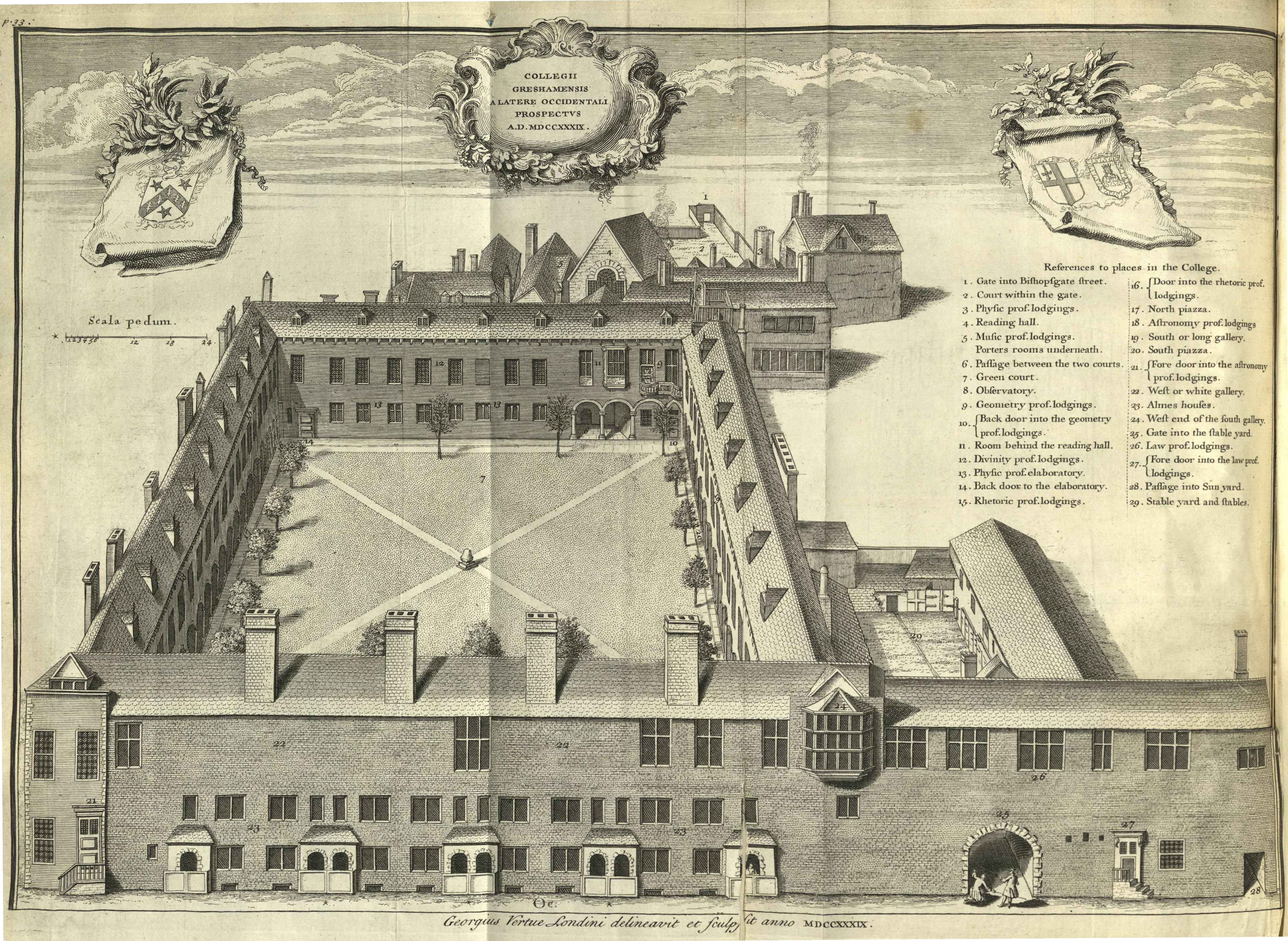
From Vertue’s image, we can work out where the Society’s members typically met. The top right-hand corner of the courtyard shows lodgings once occupied by Robert Hooke, Geometry Professor at Gresham College and the Royal Society’s first Curator of Experiments.
Here, experiments would be performed and recorded in front of members who would then debate the results. Hooke even built an observatory on the roof above.

Right: The Royal Society’s coat of arms, from Thomas Sprat’s History of the Royal-Society of London, 1667. The motto ‘Nullius In Verba’, meaning ‘Take Nobody’s Word For It’, reflects the importance which the Society attached to observation and experiment. Credit: Science Museum Library and Archives.
Gresham College very narrowly escaped the flames of the Great Fire of London in 1666; many other buildings were not so lucky. Perhaps the most famous casualty was the medieval St Paul’s Cathedral less than a mile away, rebuilt to the designs of its chief architect, Christopher Wren.
This may be Wren’s best-known architectural legacy, but he was very much a polymath, having already served as Astronomy Professor at Gresham College and going on to be elected President of the Royal Society in 1680.

Wren and Hooke were both instrumental in surveying and rebuilding London, and they closely collaborated on the design of the nearby Monument to the Great Fire. Much more than a memorial, amazingly the Monument was also a scientific instrument. It functioned as a gigantic telescope, with a hatch at the top opening to reveal the heavens which could then be observed all the way from down in the basement.
Air pressure experiments were also conducted inside the Monument’s stairwell using barometers made by Daniel Quare, although vibrations from horse-drawn carriages on the surrounding streets made its effectiveness as a site for scientific activity short-lived.
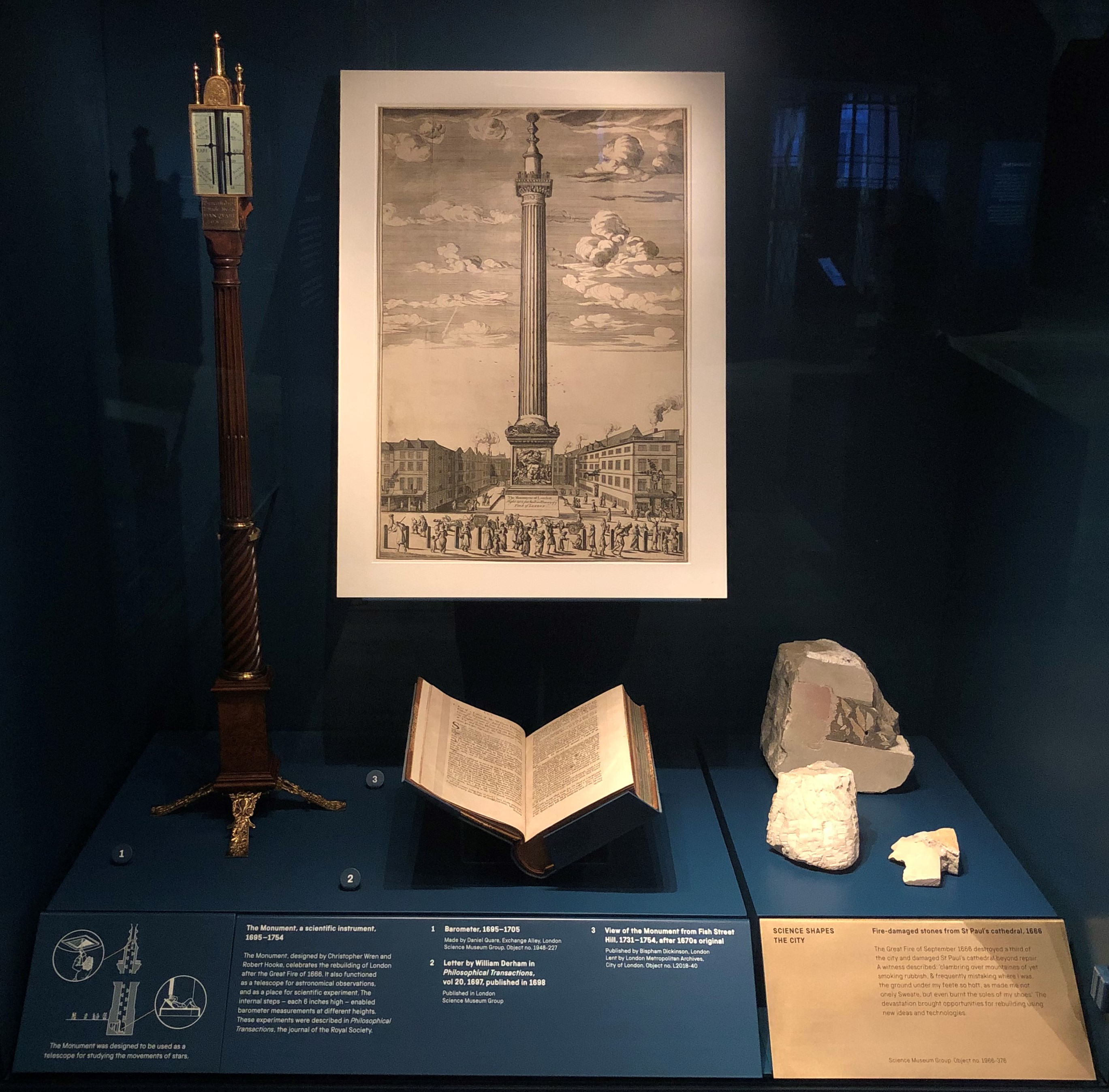
Almost at the Monument’s doorstep is London Bridge, whose predecessor, “Old” London Bridge, was for centuries the capital’s only river crossing. It was joined, further to the west, by a bridge at Westminster built between 1738 and 1750. The construction of “Old” Westminster Bridge (for it, too, has since been replaced) was a major engineering spectacle at the time.
A machine powered by horses drove its timber piles, or foundations, 14 feet into the Thames riverbed every hour. This sped up the construction process considerably and the machine’s designer, watchmaker James Vauloué, was awarded the Royal Society’s prestigious Copley Medal.

Vauloué’s pile-driving machine was celebrated as a technological innovation. The artist Samuel Scott depicted its use at Westminster in several paintings, and print-sellers sold souvenir images of it. Lecturers even used models of the machine to demonstrate the practical applications of mechanical principles for middle- and upper-class audiences interested in natural philosophy, or science.

The arrival of Westminster Bridge led to new developments and improved roads, particularly south of the Thames, and would no doubt have made for a pleasant stroll towards St George’s Fields near Southwark. This was the site of a hot air balloon ascent in 1785, just as aeronautical technology was really beginning to take off (pun intended).
On Wednesday 29 June, the actress Letitia Ann Sage became England’s first female aeronaut when she went up in a balloon with a Mr George Biggin. Sage later recounted how ‘We arose in a slow and majestic manner, forming a most beautiful object, amidst the acclamations of thousands’.
This spectacular moment was captured in a painting by Julius Caesar Ibbetson. It shows the balloon soaring away from its gantry launch while spectators eager for a better view scramble up an obelisk – still standing today at St George’s Circus.

Let’s fly eastwards to our final tour destination: the Tower of London. The Tower has been an iconic feature of the capital’s skyline since the eleventh century, but its stories of science are less familiar.
Until the early 1800s it was home to the Royal Mint where the nation’s coinage was produced. Isaac Newton, the great scientific thinker whom we most often associate with the theory of gravity, and himself President of the Royal Society after Wren, was actually Warden and then Master of the Mint between 1696 and 1727. During this time he used scientific techniques to assess the gold and silver content of new coins with unprecedented accuracy.
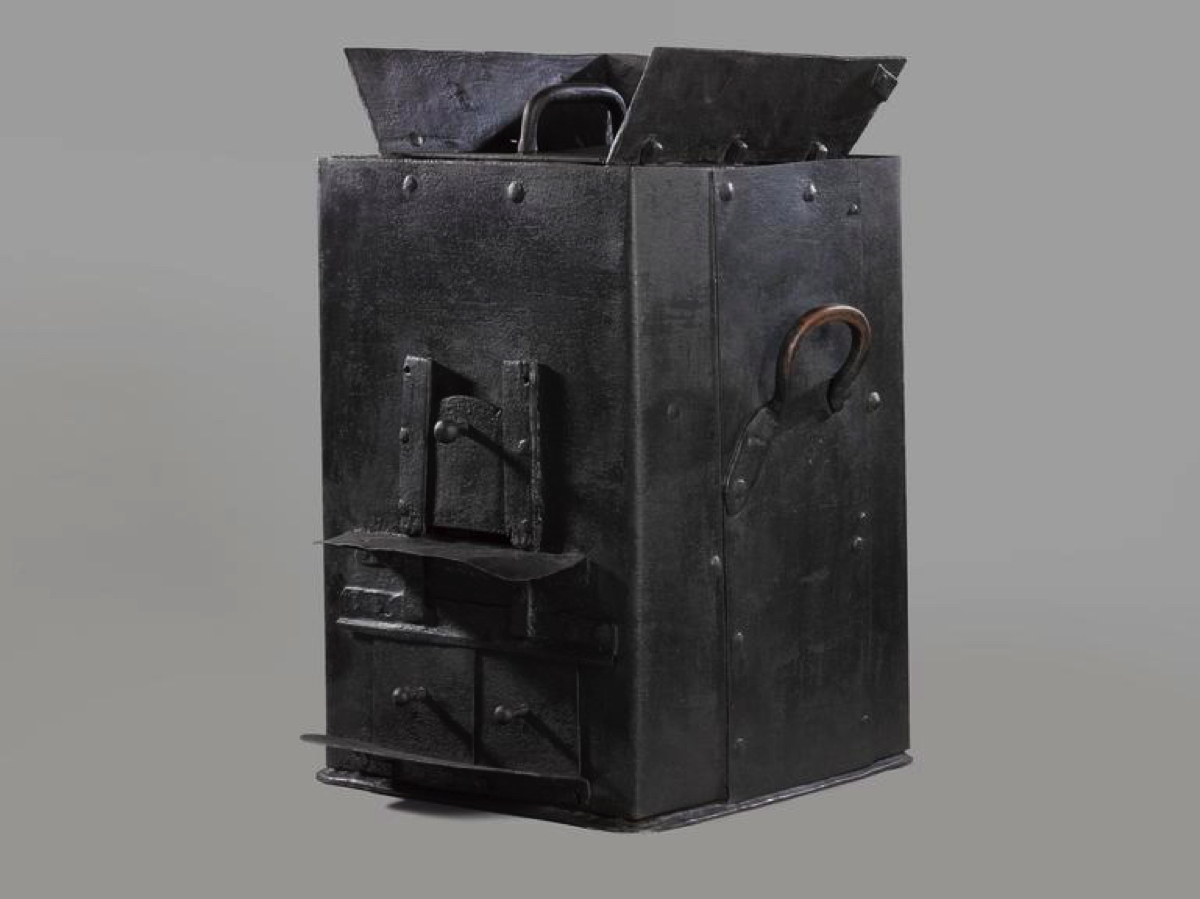
The Board of Ordnance was also based at the Tower. Its draughtsmen drew up the maps for the first Ordnance Survey, carried out between 1791 and 1858. This phenomenal undertaking, which produced the most accurate map of the entire country known at the time, began on Hounslow Heath, then on the very western outskirts of London. It was achieved with the help of innovative high-precision measuring instruments, most significantly Jesse Ramsden’s theodolite.
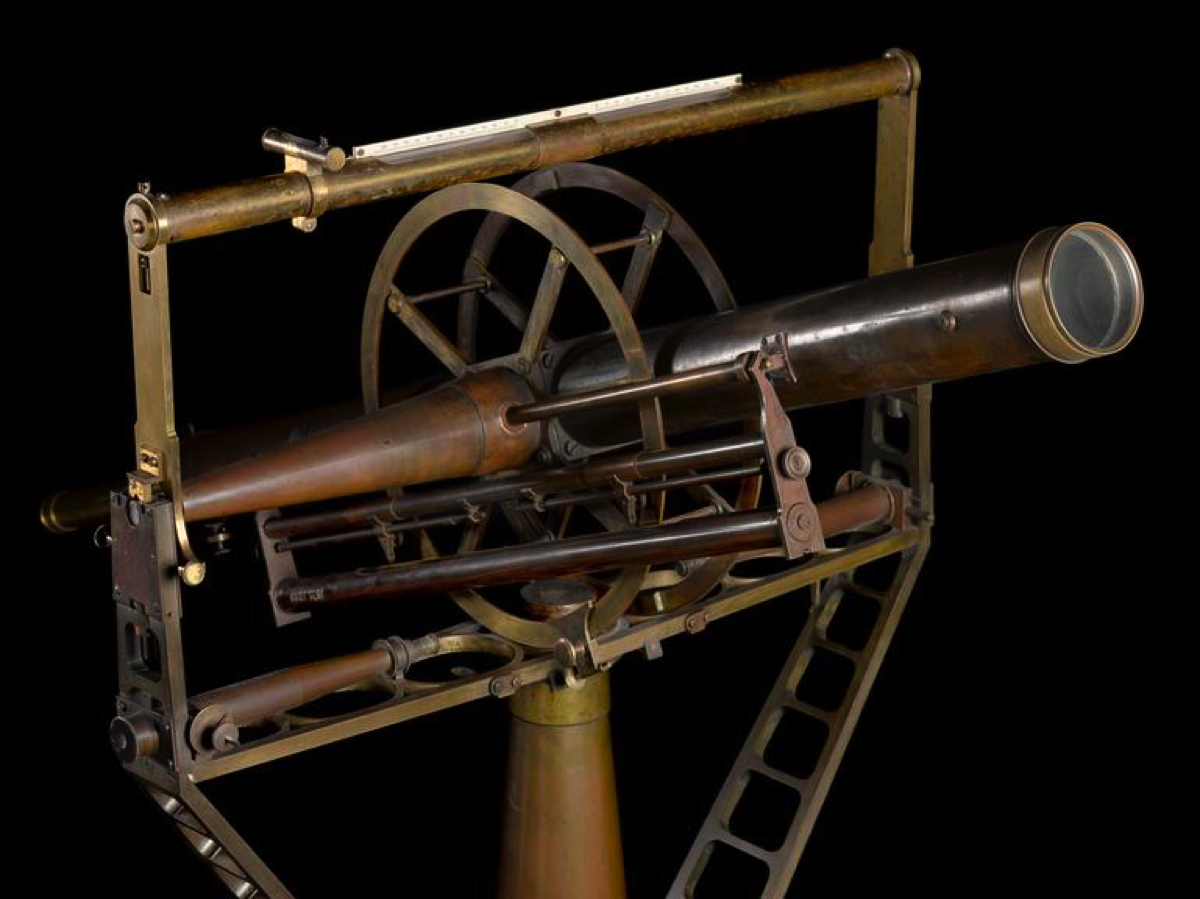
We’ve only had time to explore a tiny handful of London’s many historical scientific landmarks on this tour. So look out for more the next time you find yourself in the city – as you’ve just seen, they’re often quite unexpected.
Discover more about the stories and objects featured above in our new permanent gallery – Science City 1550–1800: The Linbury Gallery.
One comment on “London landmarks of science: a historical highlights tour”
Comments are closed.
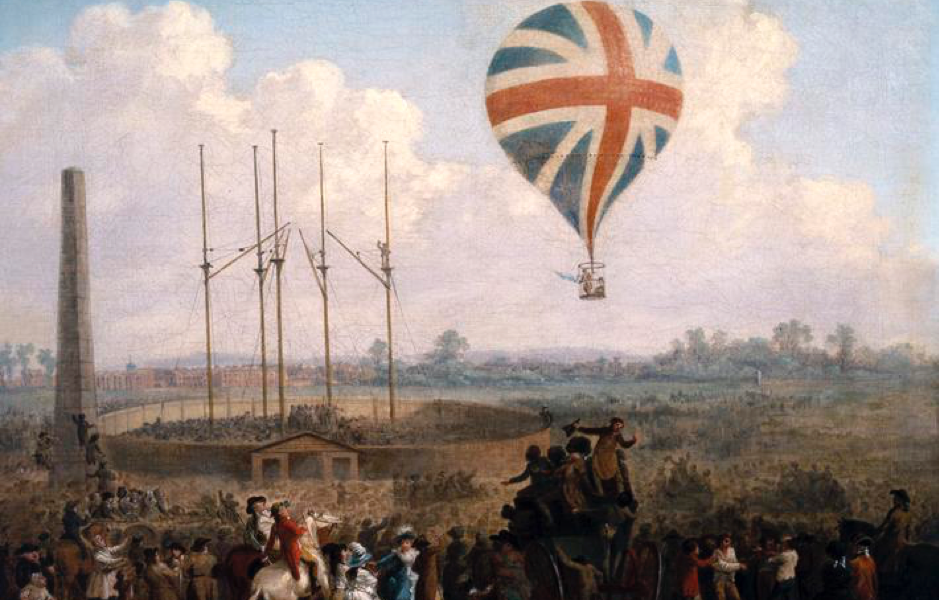
The objects chosen for this gallery incorporate and combine the beauty of mathematics and general science with the elegance and beauty of visual arts. Most interesting.
I strongly recommend visiting SCIENCE CITY.